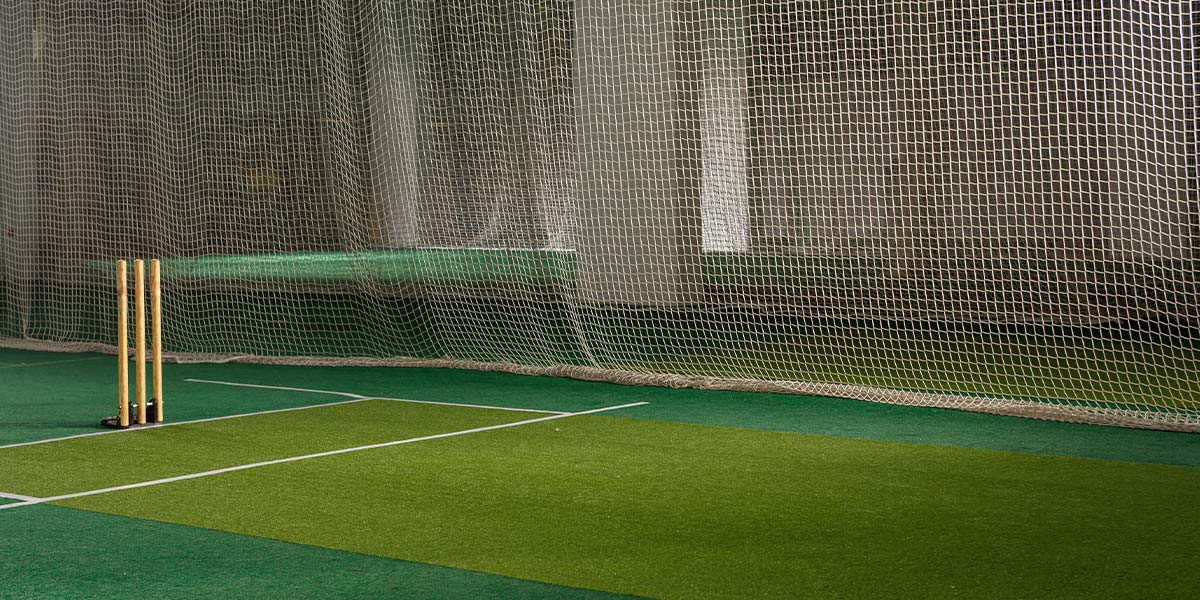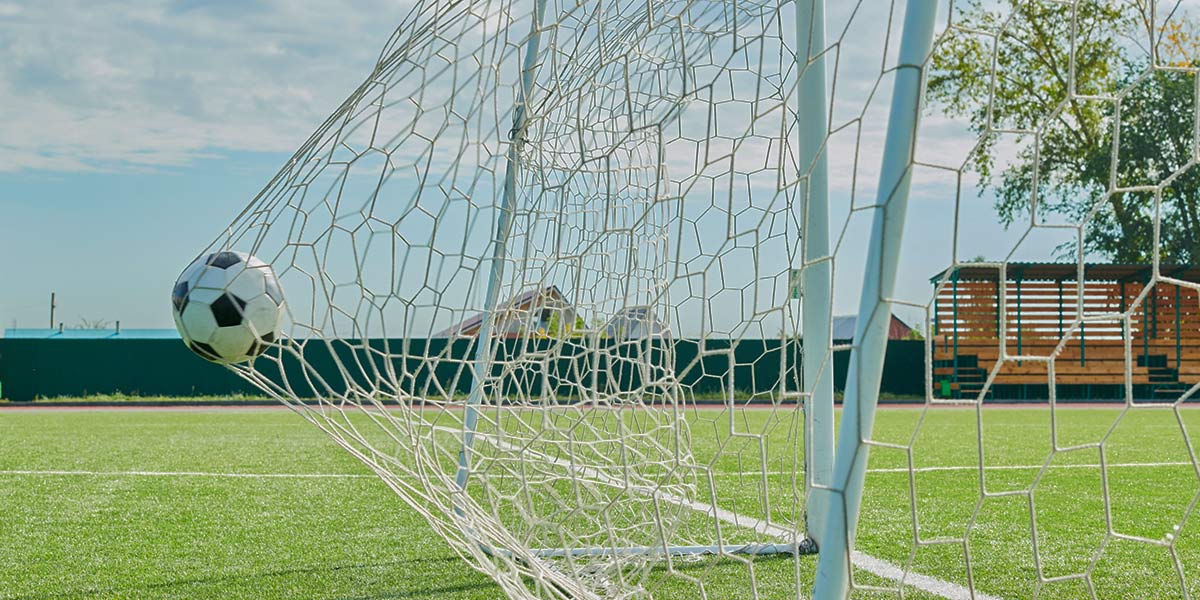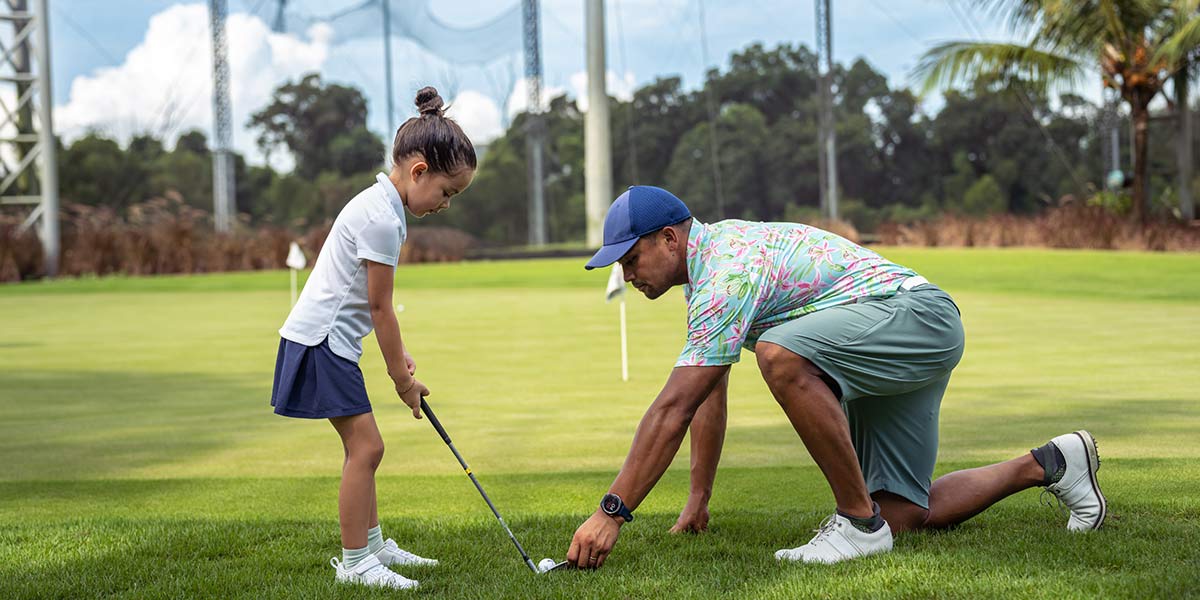Types of Sports Netting

In sports facilities, the use of sports netting is crucial for safety, performance, and enhancing the spectator experience. From football fields to golf courses, volleyball gyms to indoor arenas, netting systems are used to ensure safety for both players and spectators while also maintaining the structure and flow of the game area.
In this blog post, we’ll explore the most commonly used types of sports netting, their areas of application, and custom solutions. If you’re looking to understand football goal netting, spectator protection netting, volleyball netting, golf netting, indoor sports netting, custom sports netting, and even learn more about sports facility netting installation, keep reading.
1. Football Goal Netting
Football goal netting is one of the most commonly used netting types in sports. Its primary purpose is to stop the ball from going out after a goal is scored, which keeps the game moving efficiently. It also enhances the safety of players and referees.
Key features to consider when choosing a football goal net:
- Durability: Must withstand the speed and impact of the ball
- UV-protected materials: Essential for outdoor use
- Mesh size: Typically, 10-12 cm is considered ideal
In modern facilities, these nets are often custom-made, which brings us to our next point…

2. Custom Sports Netting
Standard solutions don’t always meet every need. This is where custom sports netting comes into play. These nets are produced with tailor-made dimensions, colors, and material options, offering benefits like:
- Perfect adaptation to the architecture of the facility
- Brand or team color integration
- Maximum performance and safety
Stadiums, sports halls, and educational institutions often choose custom nets to achieve both aesthetic and functional advantages.
3. Spectator Protection Netting
Especially during professional matches, it’s crucial to define the boundary between players and spectators. Spectator protection netting prevents objects thrown from the stands from reaching the field and also protects spectators from accidental falls.
Features of spectator protection nets:
- Transparent materials that don’t obstruct the view
- High-tensile strength yarns
- Custom installation based on the height of the stands
Such investments in safety also reflect positively on the reputation of clubs and organizations.
4. Volleyball Netting
Whether indoors or on the beach, volleyball netting is a core component of the sport. The quality of the net directly affects the trajectory of the ball and overall game performance.
Ideal volleyball nets should:
- Comply with FIVB height and width standards
- Have a tight mesh (typically 10 cm)
- Be reinforced with strong edge bands and supporting cords
Beach volleyball nets also require UV protection and water-resistant materials.
5. Golf Netting
Golf courses cover wide areas, and the balls—hit at high speeds—can pose significant safety hazards. For this reason, golf netting is essential for maintaining safety and order around the course.
Golf netting systems are used in:
- Perimeter security around golf courses
- Driving range ball containment
- Golf practice cages
These nets are typically integrated into tall post systems and are designed for wind resistance.
6. Indoor Sports Netting:
Indoor sports halls and multi-purpose facilities often host different sports under one roof. Therefore, indoor sports netting systems are used to divide areas or provide protective barriers.
Common use cases:
- Separating zones for basketball, handball, or badminton
- Ceiling netting to prevent balls from hitting structural elements
- Protective partitions between spectators and playing areas
These systems usually use lightweight yet durable materials.
7. Sports Barriers Netting Systems
Sports barriers netting systems are used in both indoor and outdoor areas to prevent sports balls or equipment from leaving the field. They also help keep players within designated zones.
Applications include:
- Around training pitches
- In schoolyards and children’s play areas
- For mini football, basketball, and tennis courts
These systems are often designed as net panels supported by steel cables.

8. Sports Facility Netting Installation
Even if you buy the best netting available, poor installation can drastically reduce its effectiveness. That’s why sports facility netting installation should be carried out by professional teams.
Key points to consider during installation:
- Proper tensioning of the net
- Quality of the support system (posts, cables, connectors)
- Use of weather-resistant fittings and mounting gear
Regular maintenance and inspection after installation will ensure long-term durability and performance.
Which Sports Netting System Do You Need?
Sports netting not only maintains order in gameplay but also ensures safety and adds a professional touch. Whether it’s a local pitch or a major stadium, choosing the right netting system for your needs will save you time, money, and enhance your facility’s reputation in the long run.
If you’re looking for a tailored netting solution for your facility, consider custom sports netting based on your usage area and specific requirements. With the right product and professional installation, you can create a flawless experience for both athletes and spectators.
